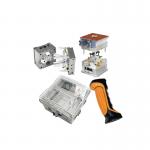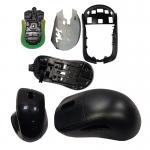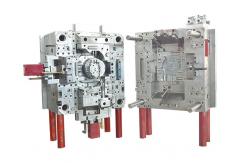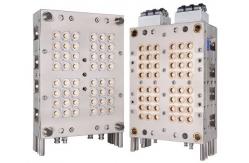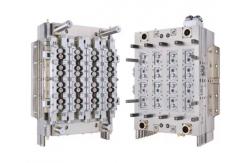Telephone houseing injection mould with texture on mould surface
and high quality standard
The telephone housing is a crucial element that not only protects
the internal components but also contributes to the overall
aesthetics and user experience of the device. Depending on the type
of telephone, the housing can vary significantly in design,
material, and functionality.
When it comes to telephones, there are several classifications
based on their usage and features. For instance, we have
traditional fixed-line telephones commonly found in households and
offices, cordless phones for added convenience and freedom of
movement, and smartphones, which are now an integral part of our
daily lives. Each of these telephones requires a specifically
designed housing that meets their unique requirements.
The injection mold is the key to producing these precision-crafted
telephone housings. The mold is designed to replicate the desired
shape, dimensions, and features of the housing, ensuring a perfect
fit and seamless assembly. The material used for the mold must be
able to withstand the high temperatures and pressures involved in
the injection molding process while maintaining its structural
integrity over time.
The surface treatment of the telephone housing mold is also
crucial. It not only enhances the aesthetic appeal of the final
product but also improves its durability and functionality. Common
surface treatments include painting, polishing, and texturing.
Painting can provide a smooth and attractive finish, while
polishing can give the housing a sleek and shiny appearance.
Texturing, on the other hand, can provide a more grippable surface,
making it easier to hold and use the telephone.
Moreover, the material chosen for the housing is equally important.
Plastics are a popular choice due to their durability, lightweight,
and cost-effectiveness. However, different plastics have different
properties, and the choice of material depends on the specific
requirements of the telephone. For instance, some plastics offer
better scratch resistance, while others have better chemical
resistance.
In conclusion, the telephone housing and its corresponding
injection mold are integral parts of the manufacturing process. The
precision and quality of these components directly impact the
performance, durability, and overall user experience of the
telephone. By carefully selecting the right materials, designs, and
surface treatments, manufacturers can create telephone housings
that not only meet the functional requirements but also exceed
customers' expectations.


